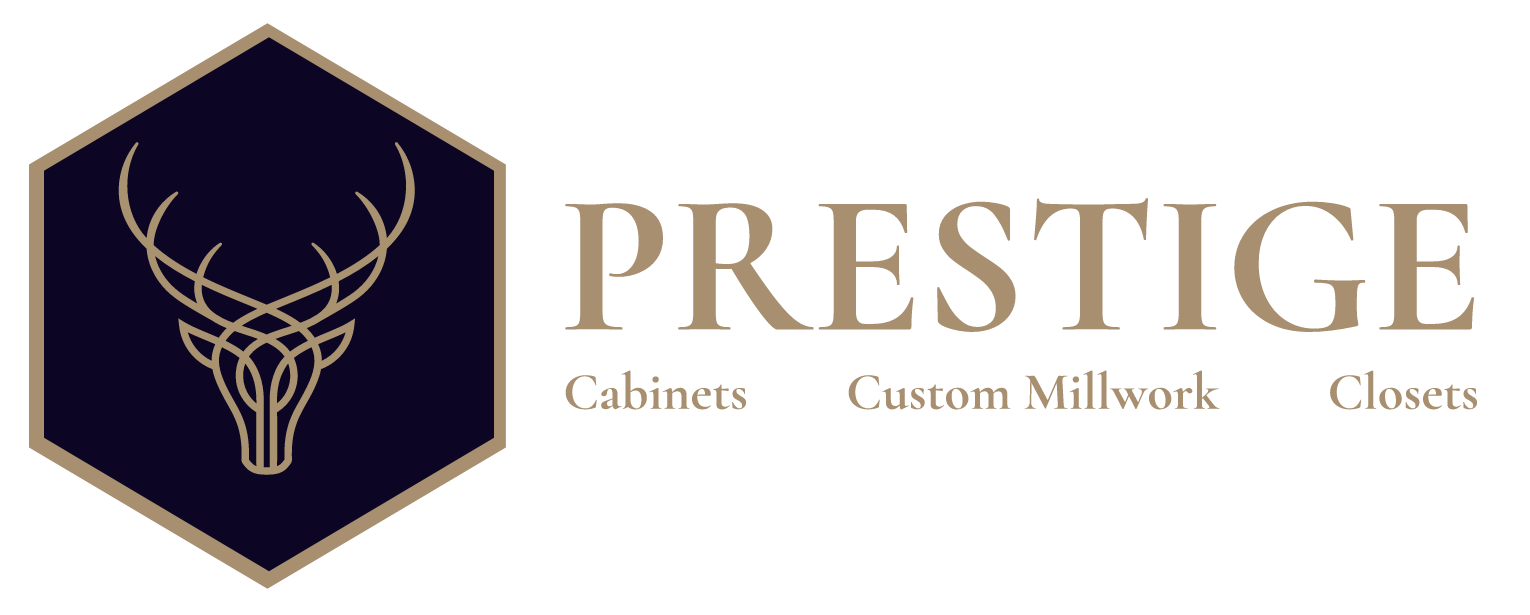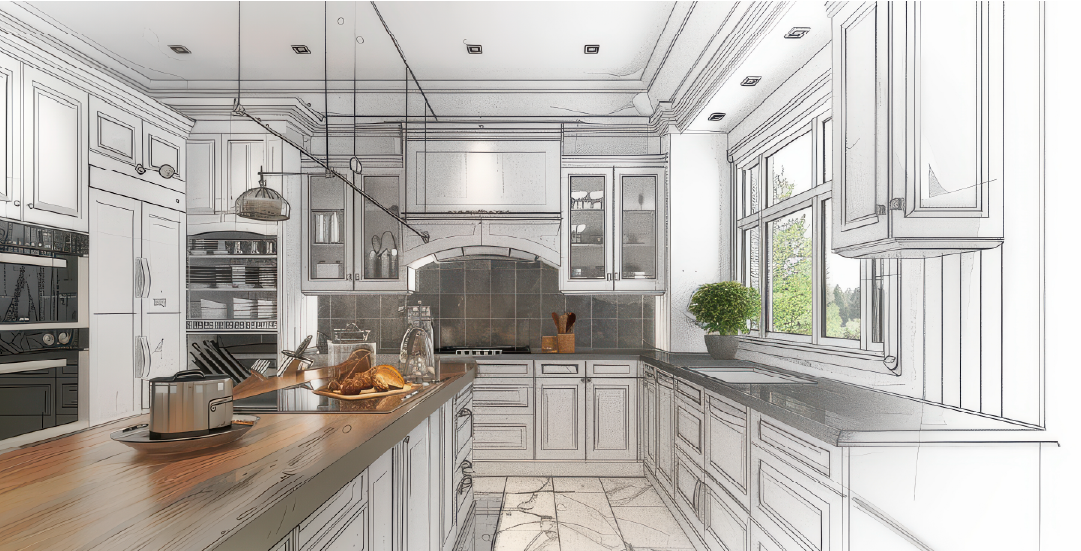7 Things Most Cabinetry Designers Miss (And How to Avoid Regret)
Most people don’t regret their cabinetry the day it’s installed. Regret creeps in months or years later when the daily frustrations start to pile up. A drawer that sticks or slams. Bins that block your flow. A pantry that never feels organized. A space that looks good but doesn’t feel right.
That’s not your fault! It’s usually the result of a design process that focuses on finishes instead of function. Here are seven things many designers miss and how to make sure you don’t.
1. They Lead With Style Instead of Structure
If the first questions you hear are about colours and finishes, take a step back. Cabinetry shouldn’t start with aesthetics, it should start with how you live.
In our process form follows function. Always.
2. They Don’t Design for Real-Life Movement
Does the pantry door open into the walking path? Do you need to close a drawer to open another?
A layout might look beautiful on paper but it needs to work in motion, especially when the space is busy.
3. They Ignore the Flow of Light
We’ve seen cabinetry that blocks daylight without meaning to. When the relationship between natural light and cabinet placement isn’t considered, the whole space can feel off.
Good design doesn’t just fit the room. It lifts it.
4. They Prioritize Storage Over Access
A lot of cabinetry looks organized until you try to use it. Tall pantry shelves, deep drawers with no dividers, narrow pullouts that only fit one item.
Storage isn’t about how much you can hide away from sight, it’s about how easy it is to reach what you actually use.
5. They Skip the “Hidden Needs” Conversation
Where do you charge devices? Do you need space for dog food containers like ⅓ of Edmonton families? Do you always drop your keys in the same place?
These aren’t style decisions, they’re daily details. And they’re often left out. A thoughtful designer builds cabinetry around your habits, not just your taste.
6. They Assume You Know What to Ask
You shouldn’t have to walk in with all the right questions.
If you're feeling overwhelmed or unsure, that’s not a problem. That’s the reason to work with someone who knows how to guide the conversation, even quietly.
Cabinetry should bring clarity, not pressure.
7. They Rush the Process
When cabinetry decisions feel fast and surface-level, it usually leads to disappointment later on.
A better experience starts at a slower pace. One that gives you room to think, to adjust, and to get it right before anything is locked in.
The Bottom Line?
Most cabinetry problems don’t come from bad taste, they come from missed details, rushed projects, and cheap decisions.
The cabinetry you’ll still love in five years isn’t just beautiful, it’s built around how your home works.
|

